Like most provocative art, this one has an ample ingredient of irony. While there have been galleries established before it, the turning point happened when one opened inside the compound of a huge broadcast network, the network that gave birth to Pera O Bayong and Wowowee. In 2002, the artist Rock Drilon and his wife, the broadcast journalist Ces, decided to put up a branch of their magazine store Magnet inside ABS-CBN, on the ground floor of the newly mounted Eugenio Lopez Jr. Communications Center. The couple expanded it in the following year to include their first public art space. It was hard to tell then during that inauguration party, with drunken artists and guests all of a sudden popping balloons on chairs and on the floor as if they were in some televised parlor game, that it will be the beginning of something big.
 Cos Zicarelli and Pow Martinez
Cos Zicarelli and Pow Martinez
Lena Cobangbang
It was an outsider, Carlos Celdran, the famous Manila tour guide, a North Syquia resident so attached to the Malate bohemian scene, who pointed it out only recently, more than five years after Magnet Gallery opened: the center for arts and culture has moved out of Manila; it is now in Quezon City. Carlos had casually dropped by QC, and in one night had hopped from an art show in Cubao Expo to a contemporary dance performance at Green Papaya Art Projects in Kamuning. He raved about its vibrance, its energy, its daring.
Before Magnet opened in ABS-CBN, of course, others have begun the handiwork for this blossoming of QC as center for a contemporary creative explosion. Big Sky Mind off E. Rodriguez has been hosting shows and performances for some time, and so has Green Papaya. But one could not deny the fact that it was the Magnet couple’s power reputation and network of artists and society people that got others looking at Quezon City as a destination to see art. Drilon would not lay claim to being the culprit, however. “The decision to open the galleries here was very personal,” he says. “We opened in ABS-CBN because Ces works there, and we opened Katipunan because it’s just across Ateneo where the kids study and I want to be near where they spend most of their time.”
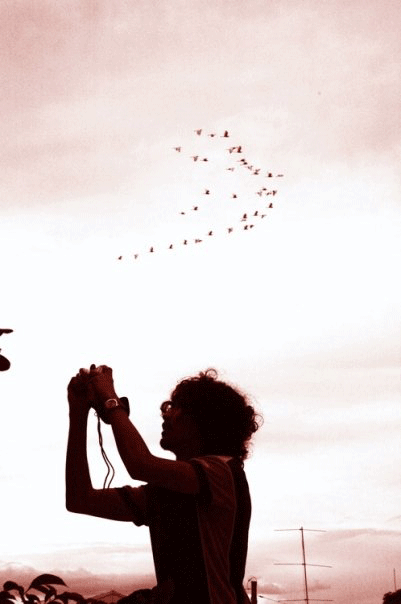
Poklong Anading
“Nagkataon lang siguro na most of the seminal spaces which were artist-run, and which made significant contribution and impact sa practice ng mga artists ngayon, were located in QC,” says Norberto “Peewee” Roldan, the artist who runs Green Papaya together with his partner, the dancer Donna Miranda. Peewee is referring to the spaces that made their name in the early part of the 2000s: Big Sky Mind which used to be run by Katya Guerrero, daughter of the legendary Helena; Third Space; Junkshop; Future Prospects which was one of the first galleries in Cubao Expo; Magnet; and Surrounded by Water, the space named after the group of artists that include then upcoming Geraldine Javier, Wyre Tuazon, Mariano Ching et al. This last one was originally at 18th Avenue in Cubao before it transferred to that spot beside DOLE in Edsa, closing shortly after Edsa Dos. Today, only Magnet in Katipunan, West Gallery in West Avenue and Green Papaya in its new Kamuning space, are still standing.
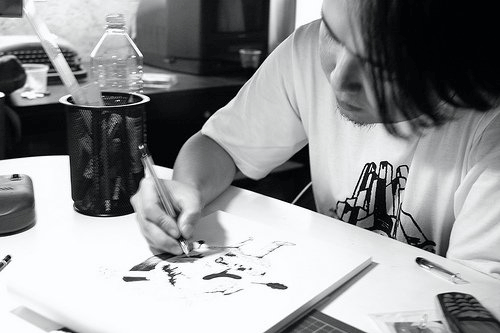
Louie Cordero
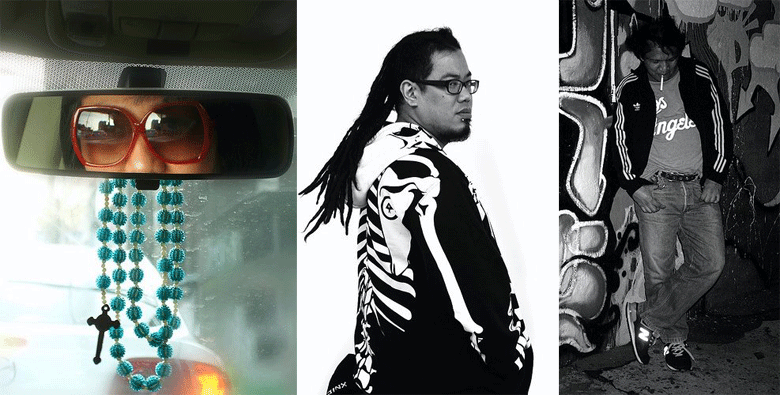 Nona Garcia, Lyle Sacris and Romeo Lee
Nona Garcia, Lyle Sacris and Romeo LeeIf indeed QC has become the country’s art center, Peewee explains the Manila-QC art scene transition this way:“Una, with regards to the impression that Malate used to be where the arts and culture scene is, I think the basis for this is the location of the CCP, di ba? And if this is true, we are talking here of the particular period when CCP was still the hotbed for contemporary (conceptual) art exhibitions/happenings. And this should be sometime from the early 70s (the era identified with Bobby Chabet and Rey Albano) to the early 80's. We should also remember that during this time, the Museum of Philippine Art, then presided by its eminent director Arturo Luz, was where the young emerging artists (Santiago Bose, Gus Albor, Lao Lian Ben, etc.) of the local art scene where being shown. While at the nearby Metropolitan Museum of Manila (MET), works by big international names like Joseph Beuys, Frank Stella and Andy Warhol had been mounted. It also helped that Malate, particularly the Penguin Café, was where the bohemian community congregated during this time.
“Although I consider myself actively involved with the early Nationalist movement, having been a cultural activist/organizer in Negros Occidental during the ‘80s, I must admit that the CCP lost its grip on cultural hegemony when it adapted the "nationalist" policies and agenda that were brought in by the new power structure after the People Power revolution. My point is, if there is a shift of the art scene, from Malate to QC, hindi siya nangyari overnight. My contention is, hindi na art destination ang Malate even during the ‘90s.”
Peewee adds that it is difficult to support the claim that the art and culture scene has already moved to QC. “Siempre palagi namin sinasabi: ‘QC rocks!’ But it's more a battle cry--sloganeering, if you may--than a legitimate claim. What is rather easily recognizable is there are more venues in QC, not necessarily art galleries, that have become hangouts for visual artists, independent film makers, writers/poets, critics/academics/scholars, who constitute an important segment of our local art institution/infrastructure.”
These venues have undoubtedly helped nurture the community and the people that make it thrive and flourish. For the common art enthusiast, one can make a day just seeing art and being surrounded by artists when one is in QC. One can begin by visiting the sculptures at the UP Fine Arts compound in Diliman, or come to Magnet in the afternoon where there is a daily screening of some of the most groundbreaking works being made by a new generation of filmmakers. Of course, there’s the ongoing exhibit by an important artist. Or the works hanging on the walls at the cafe upstairs. Every second Monday, the poet Joel Toledo, who teaches literature across (Miriam College) and lives a tricycle-ride away, hosts poetry nights.
There are three other important galleries to visit: Green Papaya, West Gallery, and Boston Gallery, one of the more senior art spaces here, located in Cubao, established for the group of young artists in the early ‘90s called Salingpusa by the doctor and art patron Joven Cuanang. Towards the evening, one can start driving over to Cubao Shoe Expo near Ali Mall and the bus station. Not a few times called The New Malate, it is an enclave of curio shops and galleries (there are at least four in existence at the moment) but its center is the open air resto-bar-cinema Mogwai run by film artists Erik Matti and Lyle Sacris. Mogwai, since it opened late last year, has become the after-opening hangout. Whether the evening’s show opened in Makati or Megamall, the artists and their friends often congregate here in its welcoming open space, its generous Gerry Araos table, and the devil-may-care vibe.
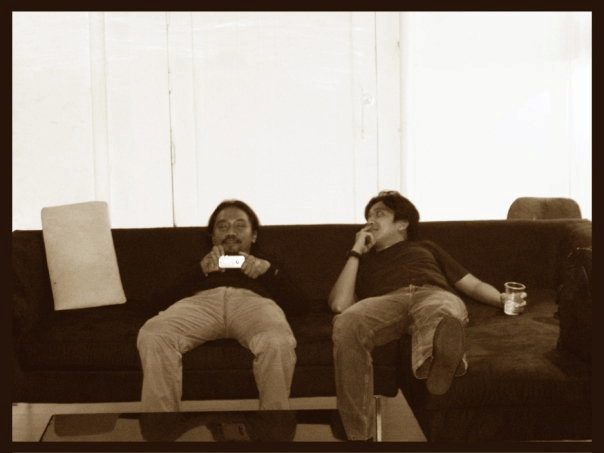
Jeremy and Gary Ross Pastrana
It is this laidback feel that permeates in the city which, really, is more like a neighbourhood where rent is cheap, beer is cheap, there is an ample blessing of green everywhere, and where your friends live near. QC is filled with little known bookstores, shops, eateries, surprises in its quiet little streets. “The relaxed atmosphere is so important in an artist’s life," says Drilon, "because it is usually the perfect surrounding that allows one to create.” While the academics and the intellectuals have lived around the university vicinity for years, some of today’s most sought-after artists also live and work in the area, from Drilon to Roldan to the younger hotshots: Poklong Anading, Louie Cordero, Lena Cobangbang and Jason Oliveria live in Cubao, Robert Langenegger in Maginhawa, Reg Yuson has just renovated an entire ‘50s house to build his modern home/studio in Panay. From the film community, there's John Torres in Sikatuna, Khavn dela Cruz in Kamias and, of course, the late Alexis Tioseco was a resident of Times Street. And then there's Lourd de Veyra off Anonas.
“I feel that there is always a shifting of the 'center' not because of some geographic/topographic tension, but owing to a very unstable, impermanent and almost nil support for the arts in this country.,” says Roldan. “Among the three most important support mechanisms, namely: government support reflected in policies/infrastructure that encourage and sustain artistic and cultural production; private patronage in the form of the commercial gallery system, corporate funding and sponsorship, institutional and private acquisitions, etc.; and, peer/community support, it's only the peer/community system that is consistently supporting artists. Therefore, if you look at the art scene from this perspective, it appears that the art scene in QC is more vibrant and dynamic than anywhere else because there is a concentration of peer communities here.” Jerome Gomez
ALL PHOTOGRAPHS BY M.M. YU
Story originally appeared in Metro Society May 2009 except photographs.
Story originally appeared in Metro Society May 2009 except photographs.

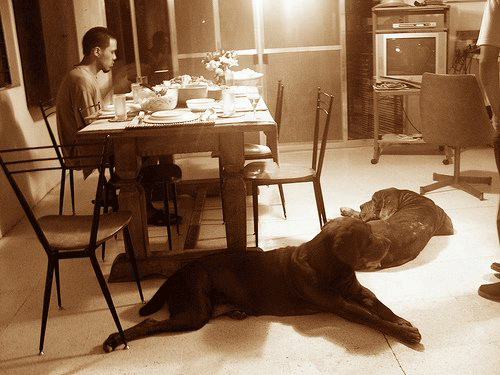

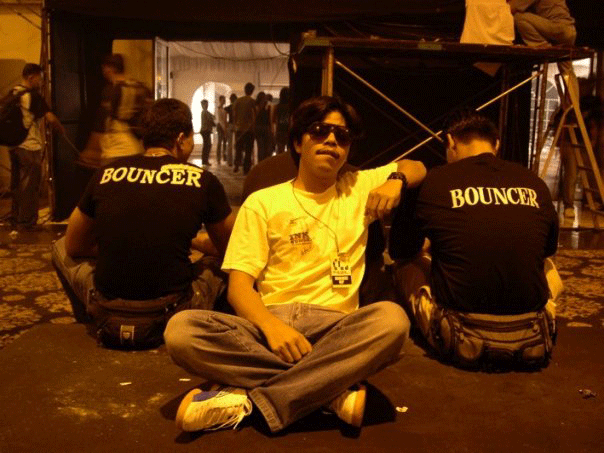
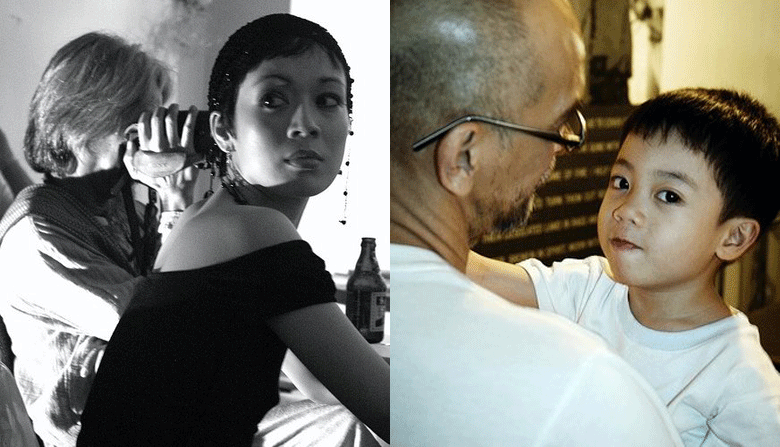
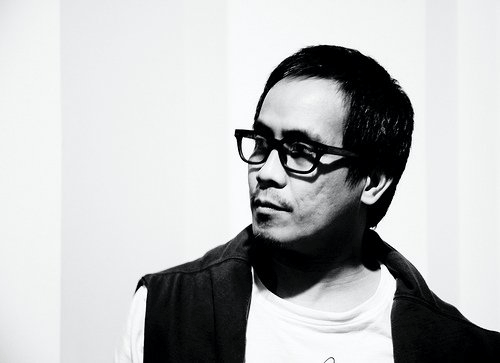


Great photos.
ReplyDeleteShame about the story. Nyaha:)
ReplyDeletedo i smell a QC Biennale?
ReplyDeleteHey Rico, eh pa'no Makati?
ReplyDelete